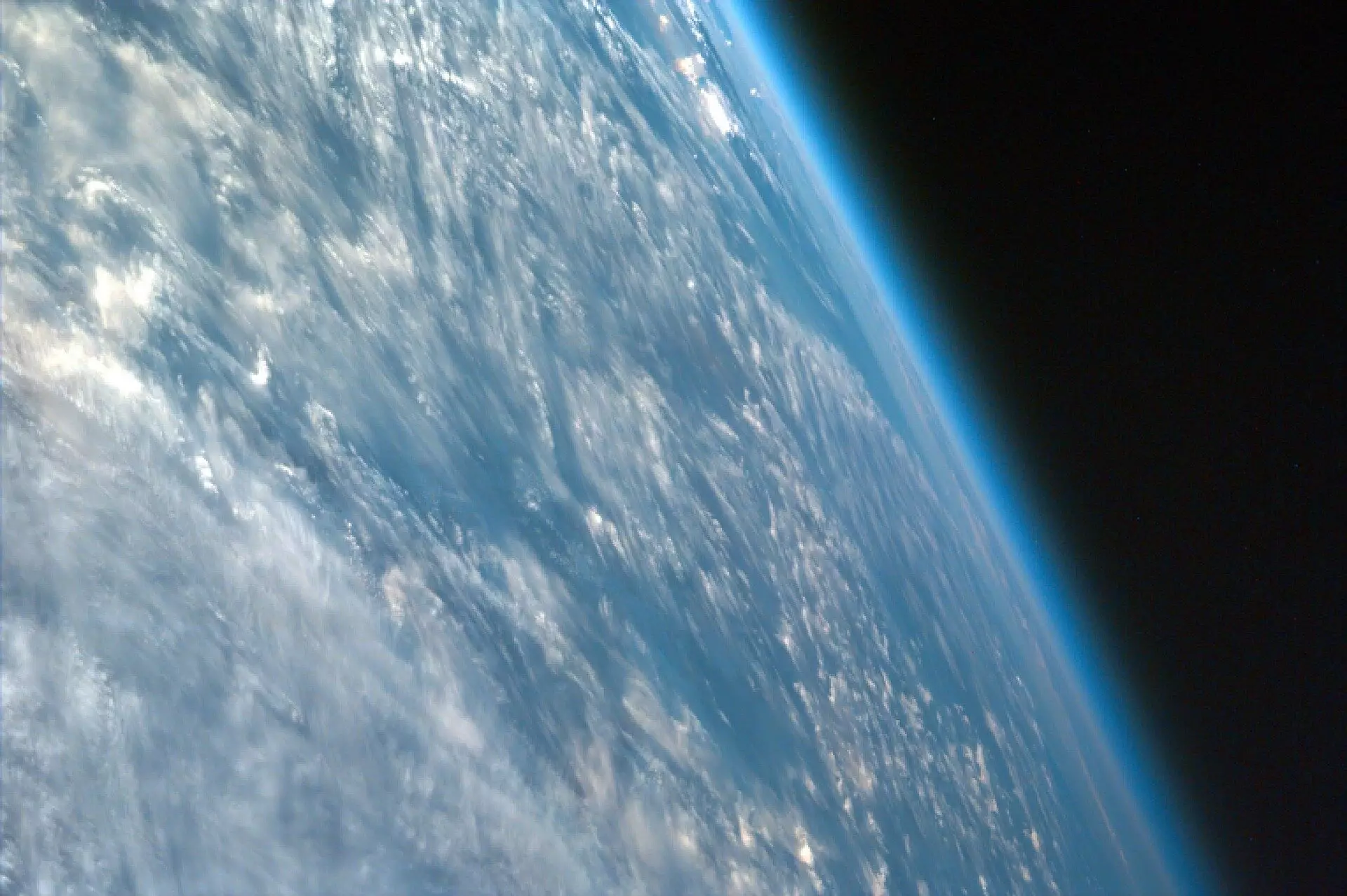Ozone is a gas that evokes a unique paradox in Earth’s atmosphere. On one hand, within the stratosphere, it acts as a protective shield, filtering out the sun’s harmful ultraviolet (UV) rays and thus playing a critical role in maintaining life on our planet. Conversely, at lower altitudes, when ozone seeps into the troposphere—the layer closest to the Earth’s surface—it transforms into a hazardous pollutant. Ground-level ozone is notorious for aggravating respiratory issues, causing chest pain, and diminishing overall lung function. This duality exemplifies the complex interactions occurring within our atmosphere—interactions now largely influenced by human activities.
The Stratosphere vs. Troposphere: A Delicate Balance
The distinction between stratospheric and tropospheric ozone paves the way for a more profound understanding of its environmental implications. Stratospheric ozone, often celebrated for its health benefits, has been the focus of numerous protective measures since the discovery of the ozone hole in 1985. However, the sudden rise of ozone levels in the upper troposphere—a phenomenon increasingly attributed to human impact—raises significant concerns. Research emerging from institutions like MIT indicates that activities linked to industrialization, such as emissions from vehicles, power plants, and chemical manufacturing, have sparked a noticeable uptick in upper tropospheric ozone levels since 2005.
The predominance of tropospheric ozone as a greenhouse gas suggests that its effects extend beyond health; they can also accelerate climate change. Ozone contributes to the intricate web of climate dynamics, making the fight against it a multifaceted challenge rather than a clear-cut battle against a singular pollutant.
Human Influence and Emerging Trends
Recent studies have illuminated evidence of increased ozone levels in the upper troposphere, persisting despite ongoing global efforts to mitigate surface-level pollutants. This situation suggests a discordance between strategies intended to lower ground-level ozone and the subsequent impacts on other atmospheric layers. MIT’s researchers, led by graduate student Xinyuan Yu, have identified a “human fingerprint” on the rising trends of ozone concentrations in the upper troposphere. Rather than dismissing these changes as mere fluctuations of a natural cycle, the study highlights a crucial and troubling insight: human actions are significantly shaping the ozone landscape.
But what does this mean for policymakers and environmentalists? It indicates that targeted efforts must expand beyond immediate emissions reductions. Policymakers need to stress the importance of understanding the nuanced dynamics of ozone production—its precursors and their reactions in various atmospheric conditions. Failing to recognize these complexities could lead to ineffective strategies that overlook significant sources of pollution.
The Challenge of Identification
Tracking the sources of upper tropospheric ozone and discerning the extent to which human activities contribute requires meticulous scientific investigation. Unlike other pollutants, ozone does not originate from a single source. It is formed through a series of chemical reactions involving nitrogen oxides and volatile organic compounds (VOCs). These compounds are byproducts of everyday activities—vehicle emissions, industrial processes, and even wildfires.
Moreover, the role of climate variability such as El Niño presents another layer of complexity. Natural climate events can influence atmospheric circulation, which may exacerbate or mitigate ozone levels independently of human contributions. Understanding the delicate interplay of natural and anthropogenic factors is paramount to grasping the trends observed in upper tropospheric ozone levels.
The ongoing research aims to decipher these connections, with scientists closely examining satellite data to reveal patterns that correlate with expected trends from human activities. This meticulous approach lends credence to the idea that we can still navigate the fog of atmospheric noise to uncover reliable signals pointing to human influence.
Future Implications
Looking ahead, scientists are keen to determine the precise human activities driving the note-worthy rise of ozone at these high altitudes. Whether it pivots from direct emissions from ground-level transport or the exhaust from aircraft operating in the upper troposphere remains an open question. This exploration is critical, not just to evaluate current emissions strategies, but also to inform future policy decisions and technological innovation.
As our understanding evolves, we must confront the dissonance between successful advancements in reducing ground-level pollutants and the unintended consequences in the upper troposphere. A dual-pronged approach that considers both surface and upper atmosphere dynamics is essential. Failure to do so runs the risk of compromising the very progress made in tackling air pollution, making this research a crucial linchpin in the broader narrative of climate action and human stewardship of the environment.

